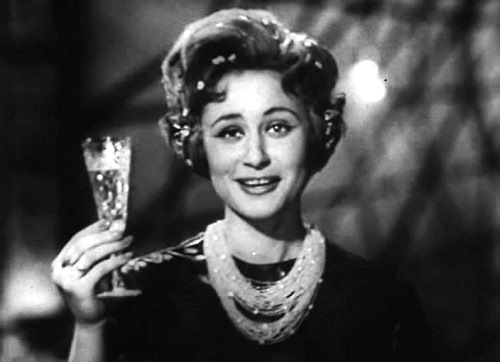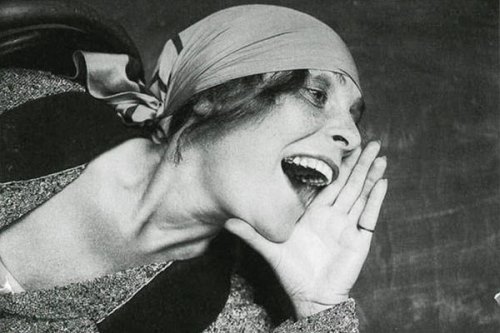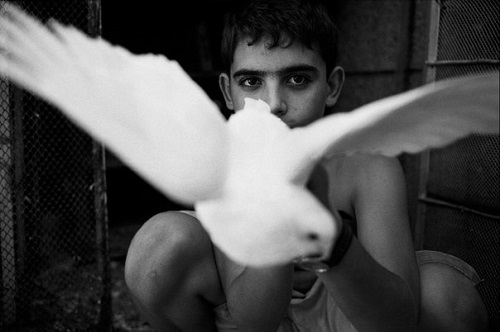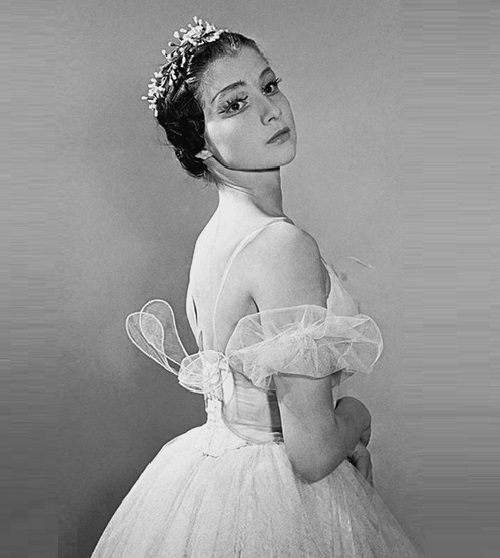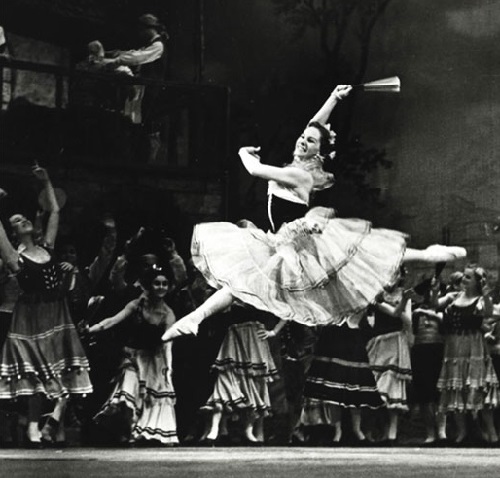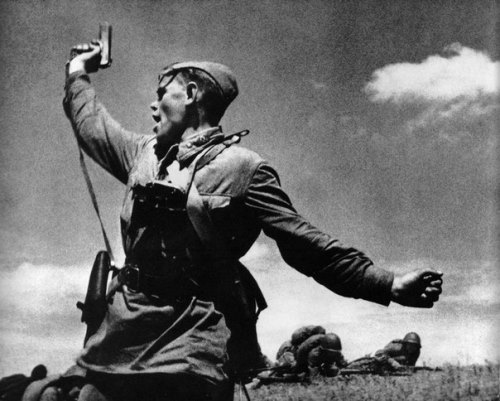Fashion in the Soviet Union
Do not believe those who mistakenly say that there wasn’t fashion in the Soviet Union, and if even it was, then all was copied from the West. Soviet fashion of the Soviet era has always existed since the time of the New Economic Policy of the 1920s. So called Gatsby style with its short hairstyles, cute hats and dresses with low waist blossomed in the 1920-30s. Fashion rapidly developed after the Second World War. Women who a decade earlier had to forget about their feminine essence, put on rough clothes and stand up to the machine, or even go to the front, again wanted to be beautiful. Soviet woman were interested in fashion, always dressed fashionably, sewing herself using fashion magazine or ordered desirable model in the fashion atelier, there were a lot of them in every city of the USSR. Soviet fashion magazines, the choice of which was always offered to the clients of fashion atelier. Fashion magazines were available through the subscriptions, by mail. There was such a postal service – an annual subscription to fashion magazines. The first Fashion House was opened in Moscow, and it got the status of all-Union. In 1953 it first took part in a Prague International Competition of clothes. Almost every major industrial city had its own fashion house. Fashion magazines were published by Leningrad, Moscow, Minsk, Kiev fashion houses. Every fashion house had its own shop selling new models.
Read more »
